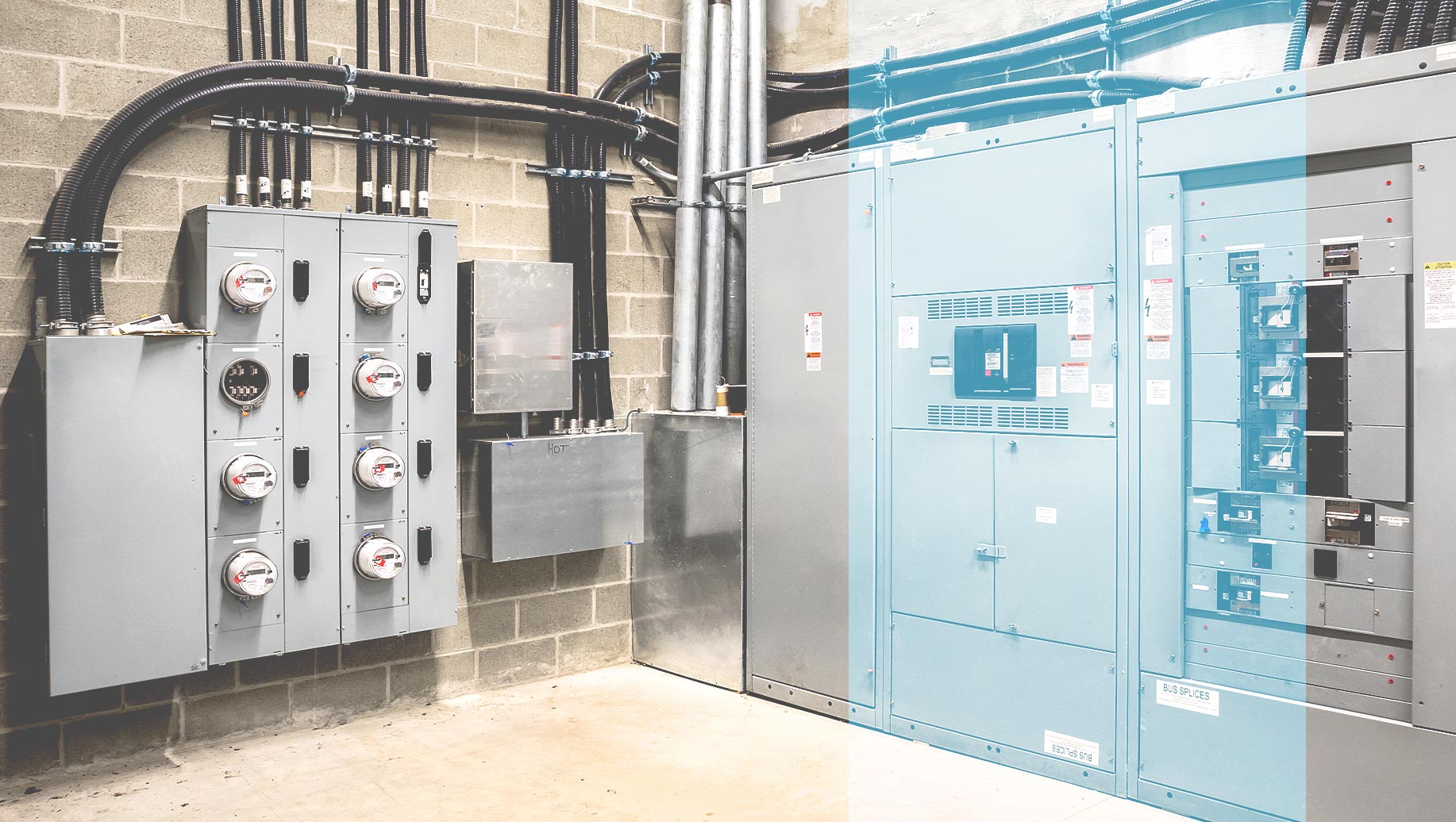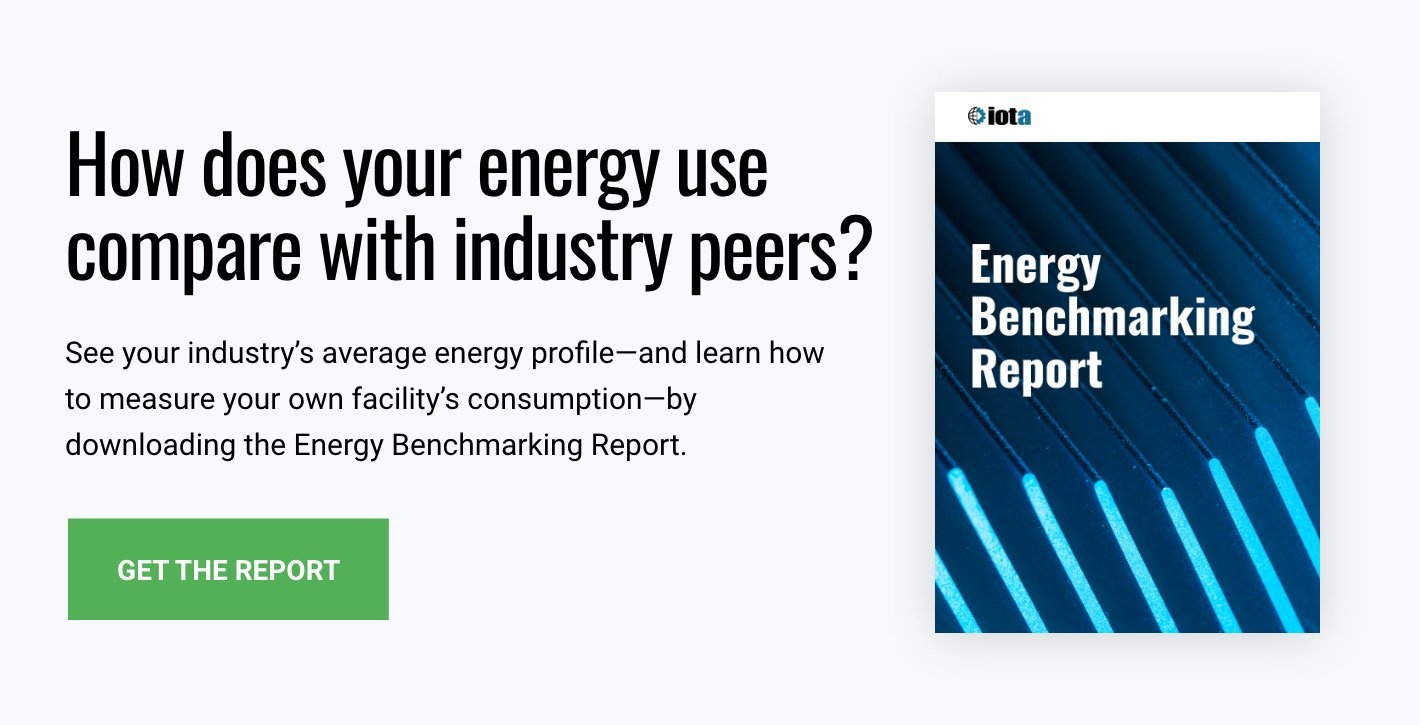Most of the nation’s 5.6 million commercial buildings are 15 years old or older. As a result, most are also devoid of the “smart” technology that permeates modern buildings, leaving facilities managers who want to control and conserve energy use to rely on traditional tools and processes, like building management systems (BMS), to get the job done. But while BMSs proved to be a game-changer when they first came on the market, today’s facility managers—even those charged with managing older buildings—have a more powerful tool at their disposal: the Internet of Things (IoT).
Not only is the IoT changing the way buildings manage their energy internally, but it’s also impacting the way they interact with utilities—an opportunity to save even more money. Keep reading to find out how building managers are using the IoT for energy management today, and how it complements a tool you already have—your BMS—to dramatically lower energy consumption.
The IoT & Energy Management: How Data Helps Generate Savings
The goal of a BMS was—and still is—to help optimize building performance by enabling the automatic control of a building’s main operating functions, and by providing data on core building operational systems (like HVAC).
Certainly its control capabilities are valuable from an automation perspective. But because the BMS was designed to gather data only for purposes of automating operations, its capacity for data collection and analysis falls far short of what’s needed to gain any real insight into building operations. Not only is the data it collects siloed and difficult to integrate; but there’s also no analytics component. Without the ability to capture and analyze stores of integrated data, building managers are essentially taking stabs in the dark about what steps to take to improve energy efficiency.
[bctt tweet=”Because the BMS was designed to gather data only for purposes of automating operations, its capacity for data collection and analysis falls far short of what’s needed to gain any real insight into building operations.” username=”iotacomm”]
IoT for buildings has the same goal of performance optimization through data and automatic control, but advanced technology takes these aspects further than a traditional BMS can for two reasons:
1. Data can be gathered on a granular level to achieve greater savings.
Building management systems have data only on the major pieces of equipment in your building; IoT allows you to collect data about any aspect of your building’s operation. For example, you can attach IoT sensors to all your building’s equipment (not just the major operational components) for the purpose of power-quality monitoring. Measuring the characteristics of your power supply as well as your active energy consumption can help identify how efficiently your building is using electrical power. With hard data in hand, you can make targeted decisions about energy use that will make a definitive impact.
2. Data is gathered in real-time, allowing you to react quickly and take advantage of money-saving opportunities.
Previously, the only way to analyze a building’s energy profile was by examining two years’ worth of utility bills—and even then, the conclusions drawn were somewhat vague. IoT sensors stream real-time data about exactly what equipment is using the energy and when. Analysis of real-time data can reveal:
- When problems are likely to occur. For example, an HVAC blower that runs constantly is wasting energy; the sooner you address the problem, the less electricity you waste. Plus, you can avoid a potentially more costly—and unexpected—future breakdown.
- How much electricity you’re using during peak demand times. In some areas, demand charges make up a significant portion of facilities’ electricity bills. By knowing the load signature of your building and what equipment is responsible for demand at what time, you can make tradeoffs as needed—for example, shifting a particular manufacturing process to take place at a different time of day or increasing your HVAC temperature during peak times.
Only the IoT makes these energy efficiency strategies possible. But focusing solely on internal operations isn’t the only way to save. Some facilities managers are now working more closely with utilities to become more efficient—and more flexible—in an effort to cut costs.
Building-external Energy Management
In addition to optimizing their energy efficiency internally, some large commercial buildings are seeking out alternate means of producing and storing power, such as using solar power or creating an onsite energy reserve with battery storage. Referred to as distributed energy resources (DER), these types of power sources are more efficient because they generate electricity in close proximity to the end-user, avoiding the substantial loss of energy that occurs during distribution.
But the IoT allows commercial buildings to maximize their savings by identifying, as noted above, times when high power consumption intersects with utilities’ peak usage times. To avoid the excessive demand charges associated with peak times, a facility can simply take its operations “off the grid” and utilize its own, localized electricity store.
Distributed energy benefits utilities, too: Thanks to the IoT, commercial buildings can monitor and communicate their energy requirements to utilities more easily—and in more detail. During the summer, for example, utilities often have a need to alleviate stress on the grid by reducing the energy load. In this scenario, utilities can access the electrical data of demand response program participants and request that certain commercial customers either reduce their loads or shift to their own electricity production or storage method. The advanced data collection and analysis capabilities of the IoT contributes to the stability of the grid while improving energy efficiency at the same time.
Interested in seeing how your building can use the IoT for energy management?
Talk to us at Iota. We help you get to know your building by compiling a detailed energy profile using IoT sensors. Then, using the sensor data and our smart building software platform, we analyze the energy conservation measures that would be most beneficial for you, and help you implement them. We’ll also make recommendations around energy production and storage that will reduce costs, and achieve any other goals you’re hoping to reach. Our system complements your existing BMS, giving you all the data you need to change your building for the better. Schedule a call to talk with us today!


